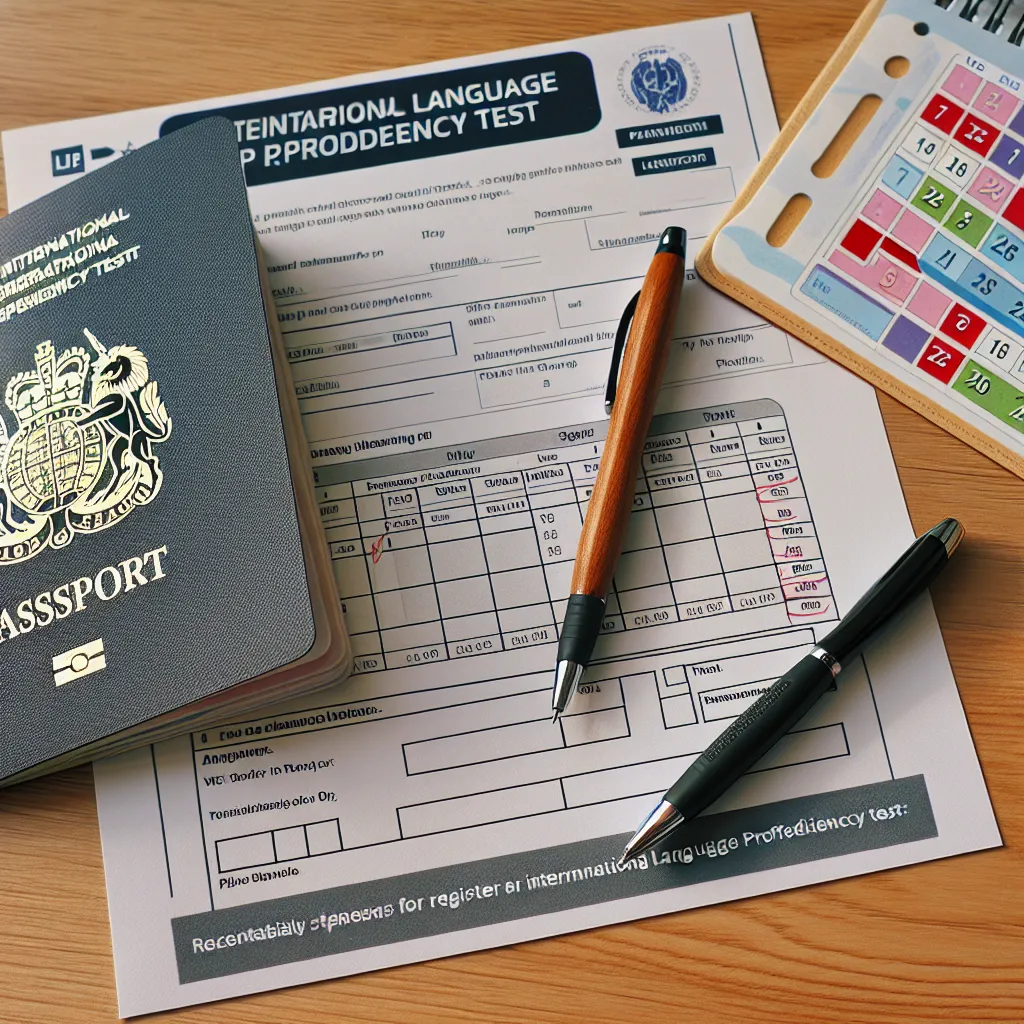Are you preparing for the IELTS Reading test and feeling overwhelmed by the matching sentence endings task? You’re not alone. This article will provide you with expert tips and strategies to excel in this challenging question type. Whether you’re a beginner or looking to refine your skills, these insights will help you tackle matching sentence endings with confidence.
Understanding Matching Sentence Endings
Matching sentence endings is a common question type in the IELTS Reading test. It requires you to match the beginning of a sentence with its correct ending from a list of options. This task assesses your ability to understand sentence structure, context, and coherence.
 IELTS Reading Matching Task
IELTS Reading Matching Task
Why is it Challenging?
- Time pressure: You need to complete this task quickly along with other questions.
- Similar options: The endings may appear very similar, requiring careful discrimination.
- Vocabulary and grammar: Advanced language skills are often necessary to identify correct matches.
Essential Tips for Matching Sentence Endings
1. Read the Instructions Carefully
Before diving into the task, make sure you understand the instructions thoroughly. Pay attention to:
- The number of sentence beginnings and endings
- Whether you can use an ending more than once
- Any specific guidelines provided
2. Skim the Sentence Beginnings First
Quickly read through all the sentence beginnings to get an overall idea of the topic and content. This will help you:
- Identify key themes
- Recognize potential connections between sentences
- Prepare your mind for the matching process
3. Analyze Sentence Structure
Look closely at the grammar and structure of each sentence beginning. Consider:
- Subject-verb agreement
- Tenses
- Connecting words or phrases
This analysis will help you eliminate incompatible endings and narrow down your options.
4. Use Context Clues
Pay attention to the context provided in the sentence beginnings. Look for:
- Specific topics or themes
- Names, dates, or locations
- Cause-and-effect relationships
These clues can guide you to the correct ending by ensuring logical coherence.
5. Look for Keyword Matches
Identify key terms or concepts in the sentence beginnings and search for related words or synonyms in the endings. This technique can help you make quick connections.
6. Start with the Easiest Matches
Begin with the sentence beginnings that seem most straightforward to you. This approach will:
- Build your confidence
- Reduce the number of options for remaining matches
- Help you save time for more challenging pairs
7. Use the Process of Elimination
As you match sentences, cross out the endings you’ve used. This will:
- Keep track of your progress
- Prevent confusion and repetition
- Narrow down options for remaining matches
8. Check for Grammatical Consistency
Ensure that the matched beginning and ending form a grammatically correct sentence. Look out for:
- Proper sentence structure
- Correct use of pronouns
- Logical flow of ideas
9. Review Your Answers
If time allows, double-check your matches. Make sure each pairing makes sense both grammatically and contextually.
Common Pitfalls to Avoid
1. Rushing Through the Task
Take your time to read and understand each sentence carefully. Rushing can lead to careless mistakes.
2. Ignoring Contextual Information
Don’t focus solely on individual words. Consider the overall meaning and context of each sentence.
3. Overlooking Grammar Cues
Pay attention to grammatical structures that can help you identify correct matches, such as subject-verb agreement or pronoun references.
4. Fixating on Difficult Matches
If you’re stuck on a particular sentence, move on and return to it later. This strategy helps manage your time effectively.
5. Neglecting to Use All Given Information
Make use of any additional information provided, such as paragraph references or text headings, to guide your matching process.
Practice Strategies for Improvement
- Regular practice: Use IELTS preparation materials to familiarize yourself with various matching sentence endings tasks.
- Timed practice: Simulate test conditions by setting time limits for your practice sessions.
- Analyze mistakes: Review incorrect matches to understand why you made errors and how to avoid them in the future.
- Expand vocabulary: Build your vocabulary to better understand sentence contexts and potential connections.
- Read extensively: Improve your overall reading comprehension by engaging with diverse English texts regularly.
 IELTS Practice Session
IELTS Practice Session
Conclusion
Mastering the matching sentence endings task in IELTS Reading requires practice, strategy, and attention to detail. By following these tips and avoiding common pitfalls, you can approach this question type with confidence and improve your overall IELTS Reading score. Remember, consistent practice and a methodical approach are key to success. Keep refining your skills, and you’ll see improvement in no time.
Are you ready to put these tips into practice? Start with some sample questions and see how your performance improves. Share your experiences or ask questions in the comments below – we’re here to support your IELTS journey!




